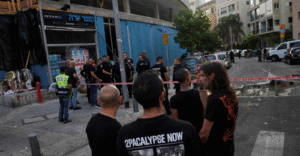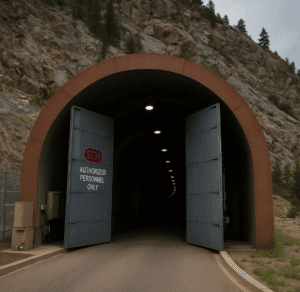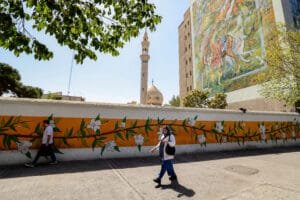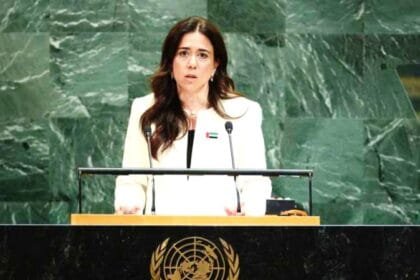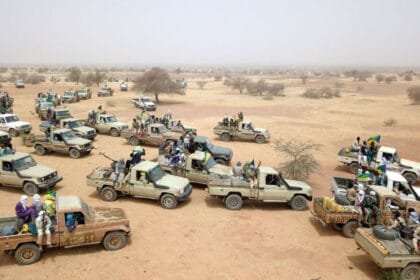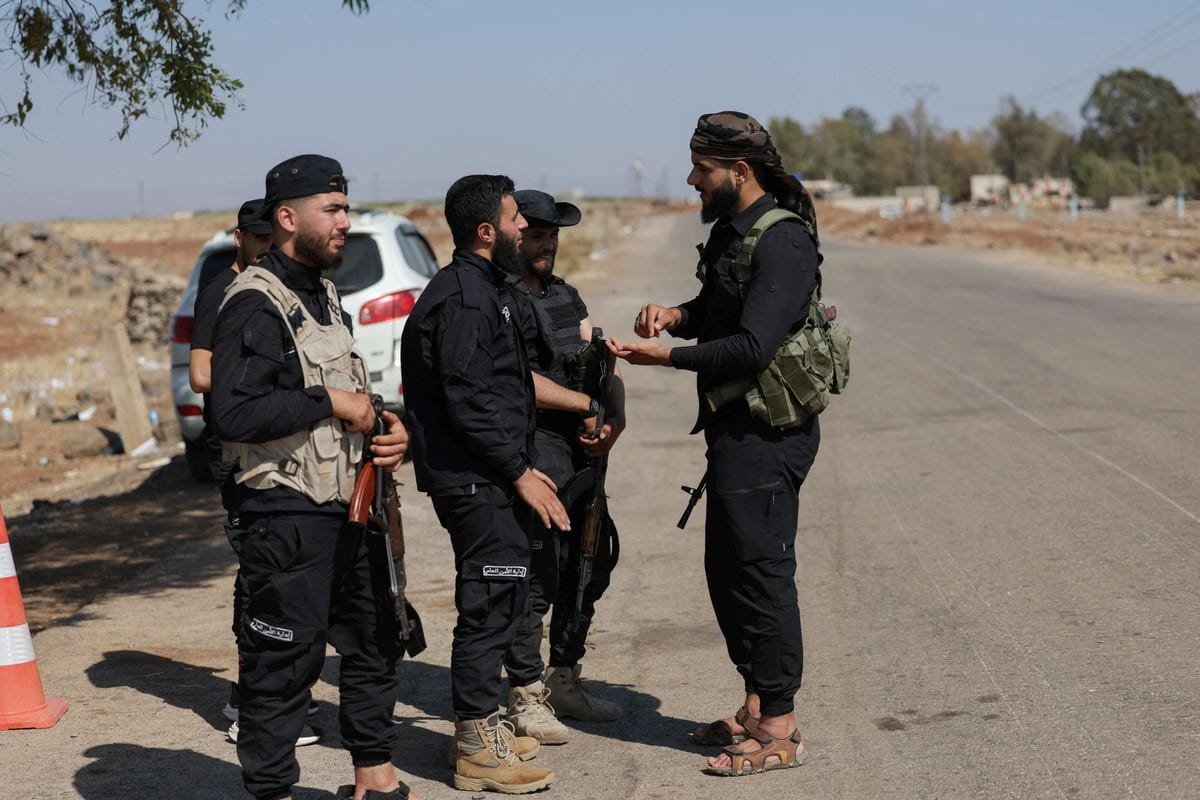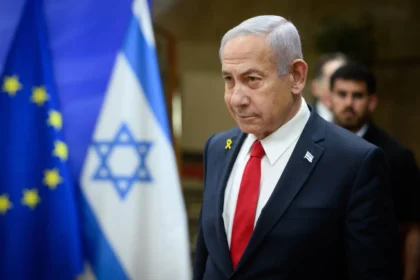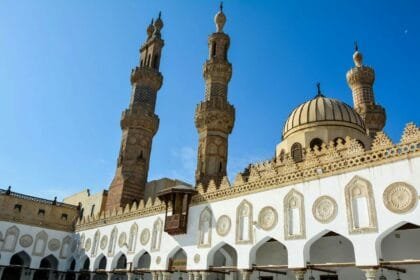Tripoli, Libya – The city of Al-Zawiya, west of the Libyan capital Tripoli, has witnessed a new wave of security tensions following the assassination attempt on leader Mohamed Al-Fitouri, nicknamed “Charlie.”
The incident led to violent clashes between rival armed groups within the city,
which is considered one of the most turbulent cities in Libya since the fall of the regime of Libyan President Muammar Gaddafi.
The incident revealed the worsening crisis of weapons proliferation and the infiltration of armed groups with criminal or ideological backgrounds into the region.
This threatens to spread chaos from western Libya to the entire Maghreb region and the African coast.
Details of the incident
The clashes erupted following an armed attack on the vehicle of Mohamed al-Fitouri, commander of the Zawiya reserve force, which left him and his companion injured.
Fingers were pointed at the group led by Muhammad al-Baharoun, nicknamed “al-Far.”
It is one of the most prominent armed factions active in the city, and the incident was intended to assassinate Al-Fitouri.
The attack turned into a field battle in which medium and heavy weapons were used.
It caused panic among residents, road closures, and school disruptions.
The incident brought to mind the chaos of weapons that Libya has been experiencing for years.
Center of armed influence
In recent years, the region has become a hotspot due to the growing influence of armed groups.
which rely on smuggling subsidized fuel and trafficking in human beings and drugs as primary sources of funding for those groups, particularly those linked to Al-Qaeda and ISIS.
These financial resources have enabled the groups to strengthen their combat capabilities
and impose control on the ground parallel to that of state institutions.
This has turned it into a recurring theater of armed conflict between rival local factions, with Al-Zawiya as one of its main centers.
The activities of these groups are not limited to internal conflicts, but are part of a wider network linking cross-border smuggling and terrorism in North Africa and the Sahel.
Libya serves as a link between extremist groups such as Al-Qaeda in the Islamic Maghreb and ISIS in the Greater Sahara.
Cross-border arms and terrorism
Recent events in Al-Zawiya confirm that Libyan armed factions still have overlapping economic and security interests.
This is in addition to the networks smuggling weapons and fighters between Libya, Chad, Niger, and Sudan.
This dangerous connection strengthens the ability of terrorist organizations to reposition themselves
and recruit new members across Libya’s southern and western borders.
Taking advantage of the security vacuum and political division within the country.
Security experts warn that the continuation of this situation could make western Libya an open gateway
for the return of organized terrorism to the region.
Especially with the decline in security coordination between neighboring countries and weak border control.
Absence of the state
Despite numerous attempts to control the internal situation in Libya,
incidents such as these confirm that the division between Libya’s security
and military institutions remains the biggest obstacle to any real stability.
The central authority is unable to impose its sovereignty on armed groups or control their illicit resources.
This creates a fertile environment for opportunistic alliances between militias, smugglers,
and even extremist cells seeking external funding or protection.
The dangerous aspect of this issue is that some members of these groups have previously been involved in smuggling weapons to conflict zones in the Sahel.
This directly links local clashes in the corner to the broader regional terrorism scene.
Regional threat
The repercussions of the security tensions in Zawiya are not limited to Libya alone,
but extend to affect regional security in North Africa and the Sahel.
With the political vacuum and security chaos continuing,
Libya is once again becoming a hub for terrorist and smuggling networks that threaten the stability of the entire region.
This complex equation makes control of the angle a real test of the Libyan state’s ability to restore its prestige
and prevent the west of the country from becoming a regional hub for terrorist financing and arms smuggling.





